SUMMARY
This is AI generated summarization, which may have errors. For context, always refer to the full article.
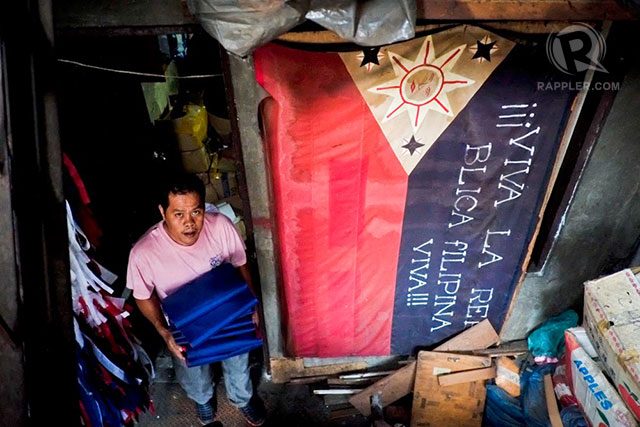
MANILA, Philippines – At the sewing room of Flags of All Nations Inc (formerly Global Flag Company) in Sta Cruz, Manila, 3 workers folded a 25×50-foot flag. It took about 6 people and 7 days to work on this giant Philippine flag, which was hoisted at the Luneta Park at the commemoration of the 116th Independence Day on Thursday, June 12.
The original and perhaps oldest flag maker in the country, International Flag House is now being run by the fourth generation of owners and remains the industry leader.
Having been in business for almost a century, International Flag House caps its long history by paying homage to the original Philippine flag of 1896 – a glass-encased replica proudly hangs in its headquarters.
The pioneers in the business of making Philippine flags are actually Filipino-Chinese from the Tan-Gatue clan, who migrated to the country at the turn of the 20th century.
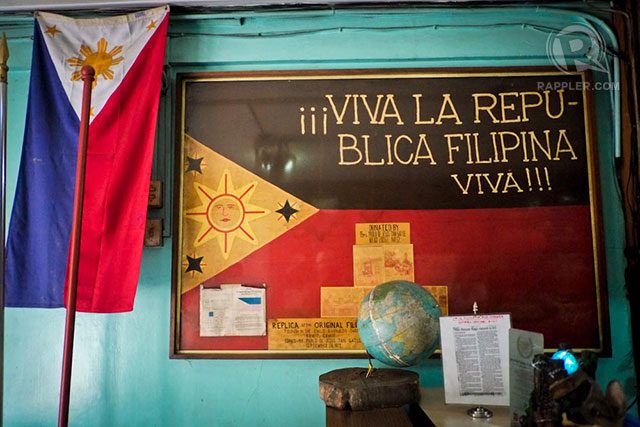
“It is a business handed from one generation to another. But there is a sense of patriotism there because we don’t want our flags to be bastardized. We make it in accordance with specifications,” said Manuel Baraoidan, manager of Flags of All Nations.
It’s been 20 years since National Flag Day was enacted into law by then President Fidel V. Ramos. The National Fralg Days start from May 28, the original date, and culminates in the celebration of Philippine Independence Day on June12. The law encourages the prominent display of the Philippine flag on public buildings, business establishments, and private homes during those days.
During these times, business is brisk for the flag makers of Sta Cruz. It is interesting to note that even during the other months of the year, flags are still in high demand. In fact, Baraoidan confessed that their average sales is about P500,000.00 (US$11,400.00) per month.
The trend, which started some 8 years ago, is not only a positive sign in terms of business profitability.
“I think Filipinos are getting more proud of who they are. It’s a display of our sense of pride,” Baraoidan said.
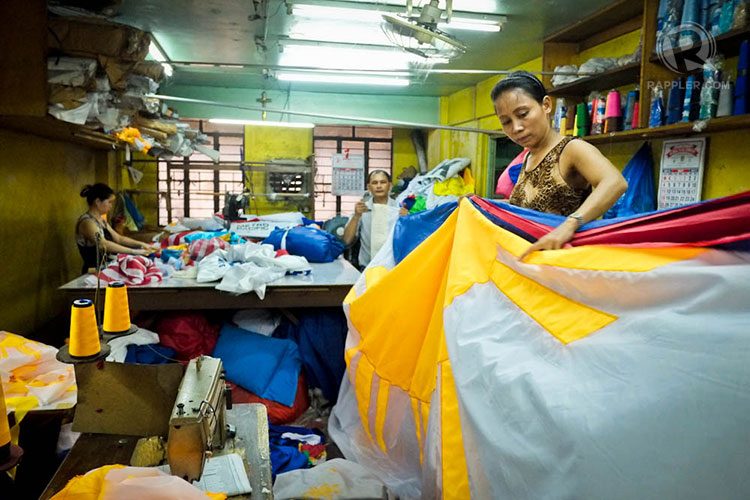
Red up, red left
It was also about 8 years ago that former freelance photographer Ramon Hormillo began to display his “inverted” flags.
When the Philippine flag is hoisted with the red side up, or the red part positioned at the left when displayed vertically, the country is at war.
It’s no accident that on a glass panel on the driveway of Ramon Hormillo, there’s a sticker of a flag with the red side up.
“The country is at war with itself,” said the former freelance photographer, who has covered some of the critical moments in the Philippines’ newly restored democracy, including the 1986 People Power Revolution, the Mendiola Massacre, and the coup d’état attempt of January 1987.
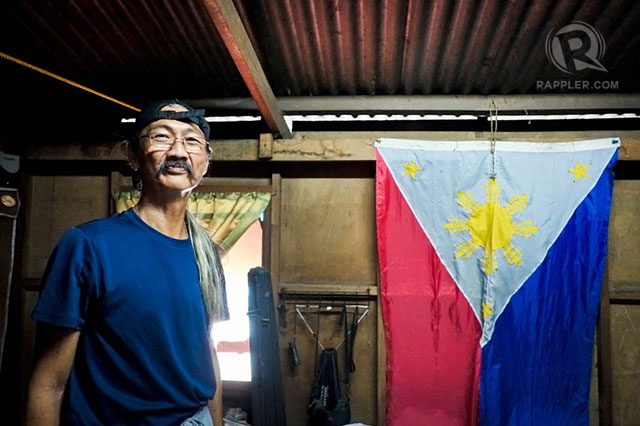
It’s also no accident that a fallen flag he picked up one rainy day during one of Manny Pacquiao’s victory motorcade in Manila is displayed in one of his rooms with the red side on the left.
“It’s the Philippine flag. It must never touch the ground. When I saw it fall to the street, I ran. I almost got run over by vehicles on the road. When I picked it up, I shouted, ‘The flag! The flag!’ But they never came back for it,” Hormillo recounted.
The first time displayed the flag with the red side up was during the 1986 EDSA uprising. It was his way of saying he sympathized with the cause of the rebel soldiers, who turned against the Marcos dictatorship. He was even given a military jacket with a badge of the Philippine flag with the red side up.
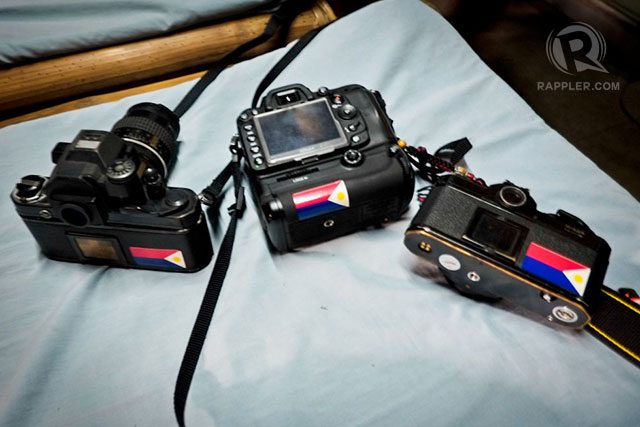
“I’ve really been ‘red up’ since ‘86. But I did not want to show it overtly then,” Hormillo confessed.
He first displayed an inverted flag after witnessing a Labor Day rally by the People’s Movement Against Poverty –supporters of deposed President Joseph Estrada – which had turned violent, with angry protestors hurling stones at anti-riot police and media teams. He strongly felt something was terribly wrong with the country.
It was also in the same year that he picked up his Pacquiao flag. “When I die, I already have a flag to be draped over my coffin,” he said. – Rappler.com
Add a comment
How does this make you feel?





There are no comments yet. Add your comment to start the conversation.